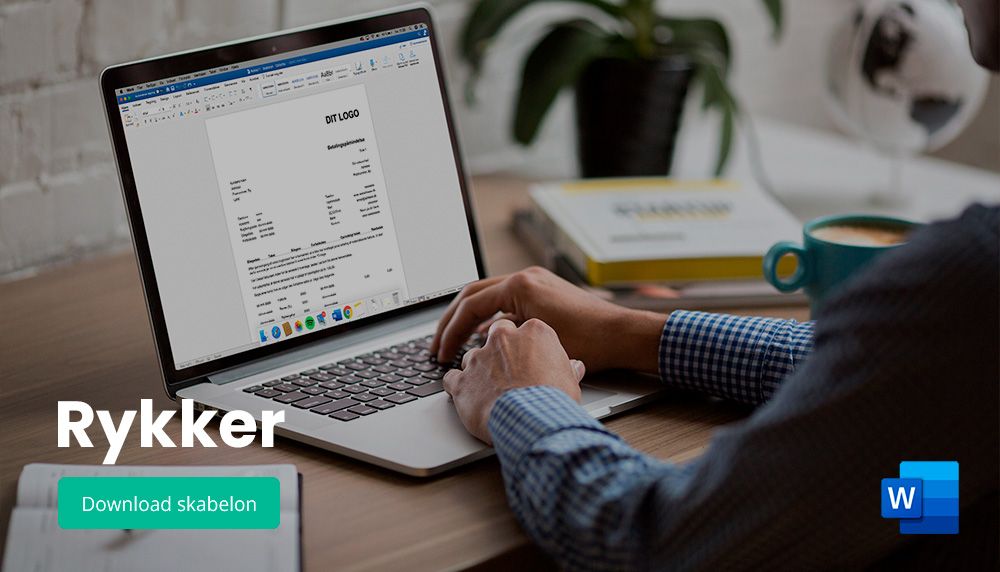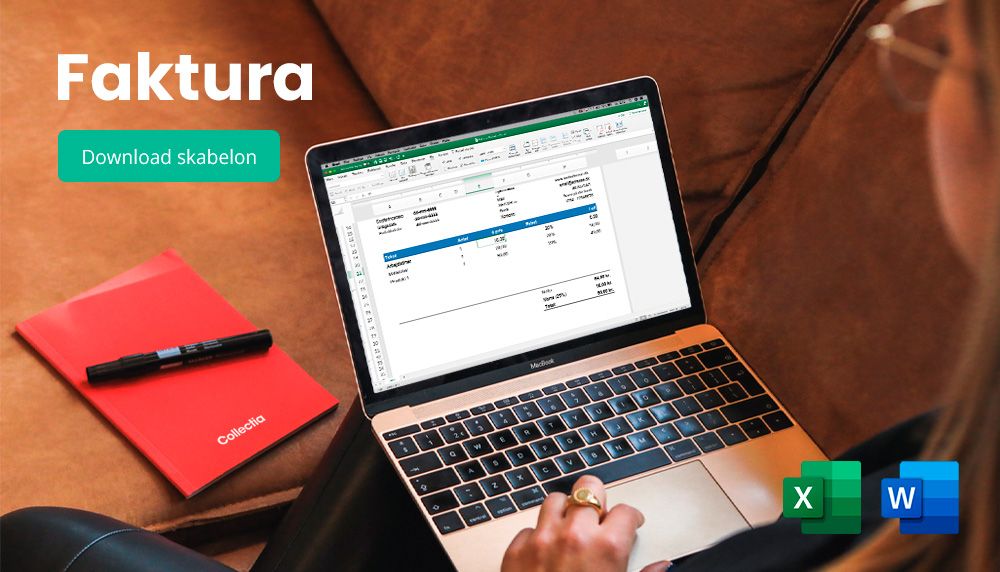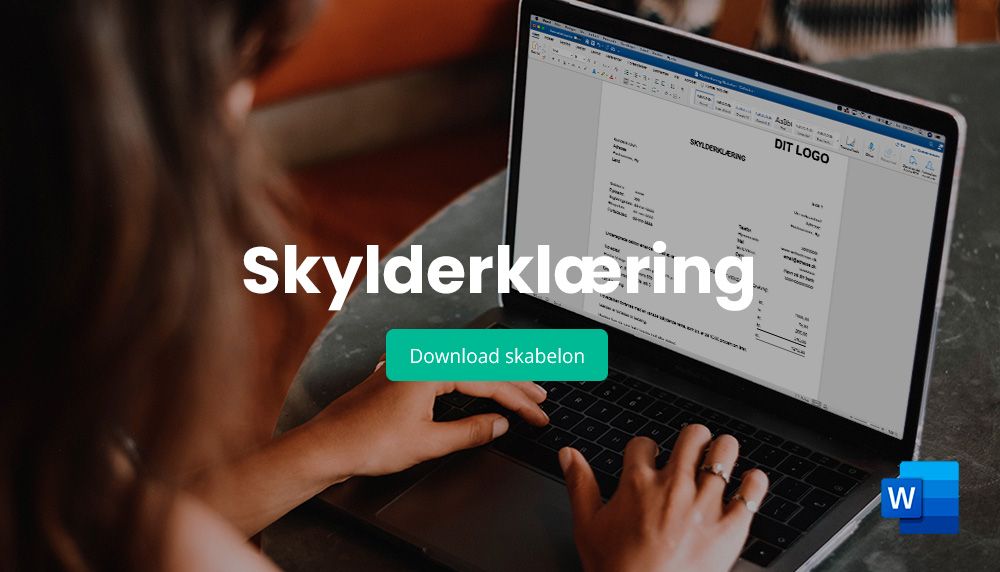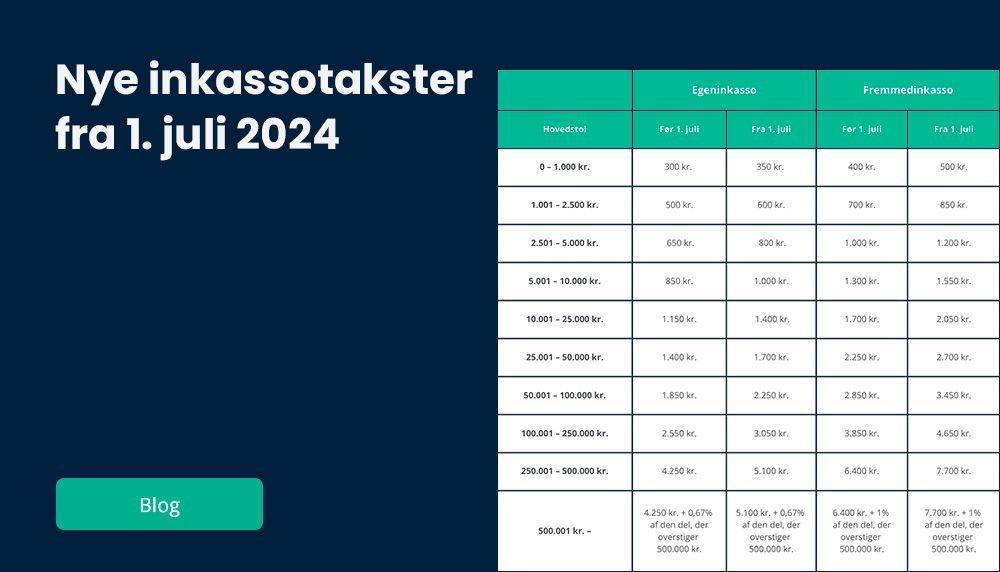
Accounts receivable accounting
The company's accounting department is the function that handles all day-to-day work with the company's finances and bookkeeping.
Bookkeeping typically handles everything from payment of incoming invoices (purchase invoices), preparation of outgoing invoices (sales invoices), bookkeeping, follow-up on debtors, payments, dunningand collection processes.
Bookkeeping can basically be divided into two: accounts payable and accounts receivable.
Accounts payable handles creditors, i.e. all incoming invoices, while accounts receivable handles all debtors.
In this section, we focus on accounts receivable.
What is an accounts receivable ledger?
Accounts receivable is the part of accounting that handles everything related to debtors:
- Send out sales invoices
- Follow-up on sales invoices
- Reminder process
- Debt collection
The distinction between accounts payable and accounts receivable is theoretically present in all businesses, but the function is typically physically separated in larger companies where there is a clear division between who handles accounts payable and accounts receivable.
In smaller companies, accounts receivable and accounts payable are often the same person or group of people, but larger companies often have such an extensive number of both debtors and creditors that it can be beneficial to split the bookkeeping into two separate functions, leading to the creation of a dedicated accounts receivable department.
A person working in accounts receivable is often referred to as an accounts receivable clerk.
The role of accounts receivable management in dunning and collections
It is the job of the accounts receivable department to follow up on debtors, including following up when a debtor has not paid their receivable to the company, which could be due to an unpaid invoice.
The accounts receivable department can send a reminder when payment is not made and the invoice has not been paid.
It should be the task of the accounts receivable department, possibly in collaboration with the company's management, to draw up guidelines for when, how often and to whom reminders are sent for non-payment. This should also determine when reminder fees will be charged.
Basically, the company has the option of sending three reminders with a reminder fee. If the reminder process does not result in payment, the next logical step is often debt collection.
The debt collection process can include a number of steps such as demand letters, phone calls, physical appearances and legal action.
The accounts receivable department can choose to handle all, part or none of the dunning and collection process.
If the debtor accountant chooses not to handle reminders or collections themselves, it is the debtor accountant's responsibility to ensure the case is handed over to the collection agency.
What should the debtor accountant send to the debt collection company?
If the company chooses to use a debt collection agency, it is the debtor's accountant's responsibility to hand over the case to the debt collection agency.
The transfer of a case to debt collection is often simple, and typically the debt collection company only needs the unpaid invoice, provided all the debtor's details are listed on it.
Once the collection agency has collected all or part of the unpaid invoices, the amount will be transferred to the company. It is then up to the debtor accountant to post the payment and reconcile the debtor's balance.











